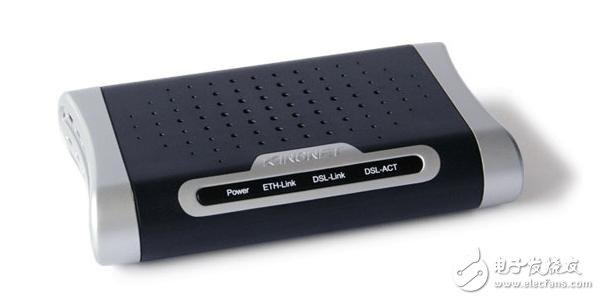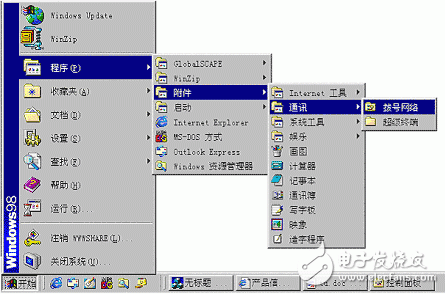Two-machine interconnection refers to the direct connection of two computers. This can be achieved through various methods such as network card connections, serial port connections, parallel port connections, Modem connections, infrared connections, and USB connections. In this article, we will focus on remote dual-machine interconnection using a Modem.
What is a Modem?

A Modem, short for Modulator-Demodulator, is commonly referred to as a "cat." It is a hardware device that converts digital signals from a computer into analog signals that can be transmitted over a standard telephone line. On the receiving end, another modem converts these analog signals back into digital form that the computer can understand.
Computer data consists of binary digits, "0" and "1," while telephone lines transmit only analog electrical signals. Therefore, when two computers need to exchange data over a telephone line, a device is required to perform the conversion between digital and analog signals. This process involves two key steps: modulation and demodulation.
During modulation, the computer's digital signal is converted into an analog signal by the Modem. This modulated signal is then sent over the telephone line. At the receiving end, the Modem demodulates the signal, converting it back into a digital format that the receiving computer can interpret. This modulation and demodulation process enables remote communication between two computers.
Modems are widely used in data communication over telephone networks and play a crucial role in network interconnection and remote access. Modern Modems have advanced significantly in terms of compatibility, data compression, and modulation techniques. They can achieve data transfer rates of up to 56 kbps, which is close to the theoretical maximum of a traditional telephone line.
Steps for Remote Modem Interconnection

1. Install the Dial-up Network Server on the NT Server
In the Control Panel, go to "Network" → "Network Settings" → [Add Software] → "Network Software" → "Remote Access Service." Follow the installation wizard and choose whether to automatically detect the Modem or manually select it.
When setting up the port usage, you can choose between "Only dial out" (client-only), "Receive only" (server-only), or "Dial out and receive" (both client and server). Configure the connected device settings and set up the RAS network configuration. After completing the setup, restart your computer to apply the changes.
2. Install a Dial-up Network Client on a Windows Workstation
Go to Add/Remove Programs → Install Windows → Communications → Details → Dial-up Network → OK. Once installed, the Dial-Up Networking folder will appear under My Computer.
3. Establish the Connection
Open "My Computer" → "Dial-up Network" → "New Connection." Follow the New Connection Wizard to enter details like the name of the computer you're connecting to, the Modem model, area code, phone number, and country code. After finishing, a new icon will appear. Double-click it to connect to the remote Modem server.
Summary
The use of a Modem for two-machine interconnection is commonly seen in government agencies and enterprises. It allows for file transfers, email sending and receiving, and sharing of remote computer resources. As long as there is a telephone line, this method can work smoothly. However, its speed is much slower compared to local area networks (LANs). Despite this limitation, it remains a reliable solution for remote connectivity in areas with limited infrastructure.
OBD Connector
OBD Connector
HuiZhou Antenk Electronics Co., LTD , https://www.atkconn.com